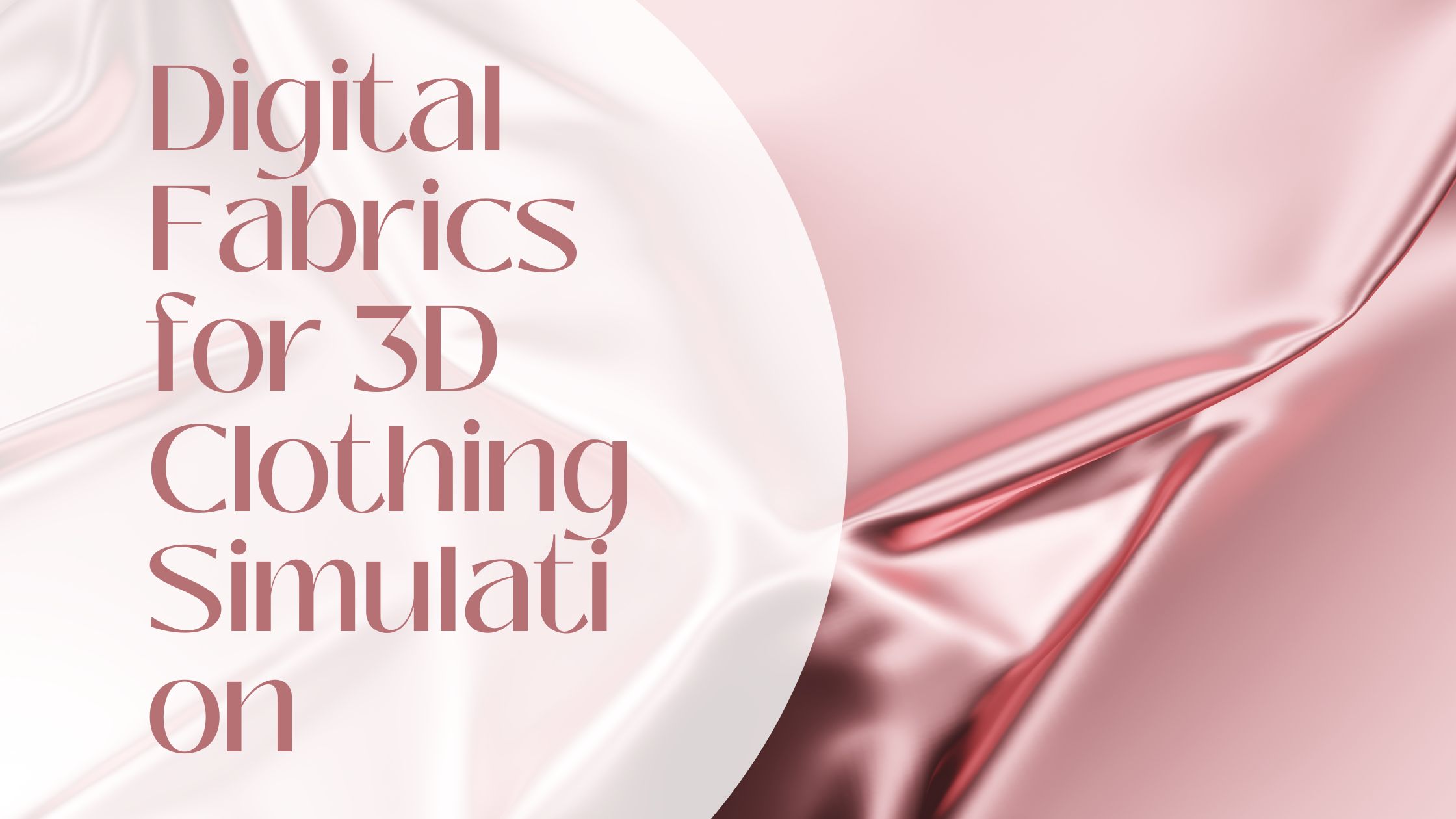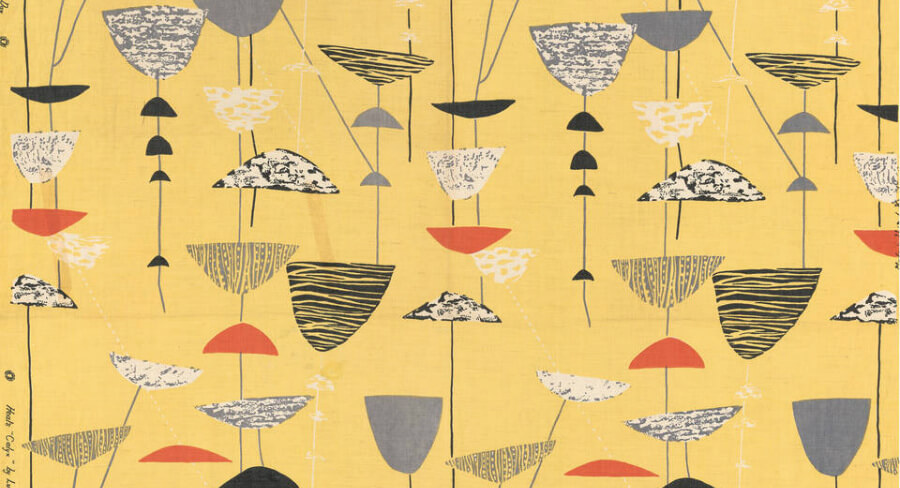.jpg)
The Ultimate Guide to Creating Textured Fabrics for Your Designs
The Ultimate Guide to Creating Textured Fabrics for Your Designs
Fabrics are the foundation of any garment, and adding texture to your fabrics can elevate your designs, giving them depth, character, and a unique appeal. Whether you’re a seasoned designer or a DIY enthusiast, this guide will walk you through the process of creating textured fabrics that will make your designs truly stand out.
1. Choose Your Fabric
The first step in creating textured fabrics is selecting the right base fabric. The fabric you choose will influence the final texture, so consider factors like weight, drape, absorbency, and durability. Popular choices for textured fabrics include:
- Cotton: Versatile and easy to work with, cotton is great for a wide range of textures.
- Linen: Known for its crisp texture and breathability, linen works well for natural, earthy textures.
- Silk: Ideal for luxurious, smooth textures.
- Chiffon: Light and airy, chiffon is perfect for delicate textures.
- Wool: Warm and sturdy, wool can be felted or manipulated to create a variety of textures.

2. Select Your Tools
The tools you use will greatly affect the texture you create. You can experiment with everyday household items or invest in specialized tools. Some popular options include:
- Brushes and Sponges: Great for painting and dyeing techniques.
- Stamps and Stencils: Useful for creating repetitive patterns and textures.
- Household Items: Potatoes, corn, or even bubble wrap can create interesting textures.
- Specialized Tools: Tools like felting needles or texture plates can add more intricate textures.
3. Experiment with Techniques
There are countless techniques you can use to create textured fabrics. Here are some to consider:
-
Painting: Apply paint using a brush, sponge, or spray bottle to create various textures. Experiment with fabric paint, acrylic paint, or watercolors, and play with layering colors for added depth.
-
Dyeing: Dyeing is a classic method for adding texture. You can use natural dyes (like indigo or madder) or synthetic dyes (like Procion or Rit). Techniques like dip dyeing, tie-dyeing, or ombre dyeing can create gradients and layered textures.
-
Printing: Use block printing, screen printing, or digital printing to add texture. Stamps, stencils, and screens allow for precise or repetitive textures.
-
Applique: Sew pieces of fabric onto a base fabric to create textured designs. Mixing fabrics like velvet, corduroy, or lace can add dimension and interest.
-
Embroidery: Use stitches like satin stitch, chain stitch, or French knots to create raised textures and intricate designs.
4. Consider Embellishments
Incorporate beads, sequins, and other embellishments to add further texture and interest. Embellishments can enhance the tactile quality of your fabric and make your designs even more unique.
5. Combine Textures
Don’t be afraid to mix and match textures. For example, you might combine block printing with embroidery to create a fabric that has both visual and tactile depth. Layering different textures can lead to stunning, one-of-a-kind designs.
6. Test and Refine
Before committing to a design, it’s crucial to test your textured fabric. Wash and dry it to see how it holds up, and assess its durability and appearance. Make any necessary adjustments before incorporating it into your final garment or project.
7. Get Creative
The beauty of creating textured fabrics lies in the endless possibilities. Don’t be afraid to experiment with new techniques, materials, and combinations. Your creativity is the only limit when it comes to designing textured fabrics that are truly your own.
By following these steps, you’ll be able to craft fabrics that not only enhance your designs but also showcase your creativity and craftsmanship. So, get your tools ready, and start exploring the exciting world of textured fabric design!


.jpg)









